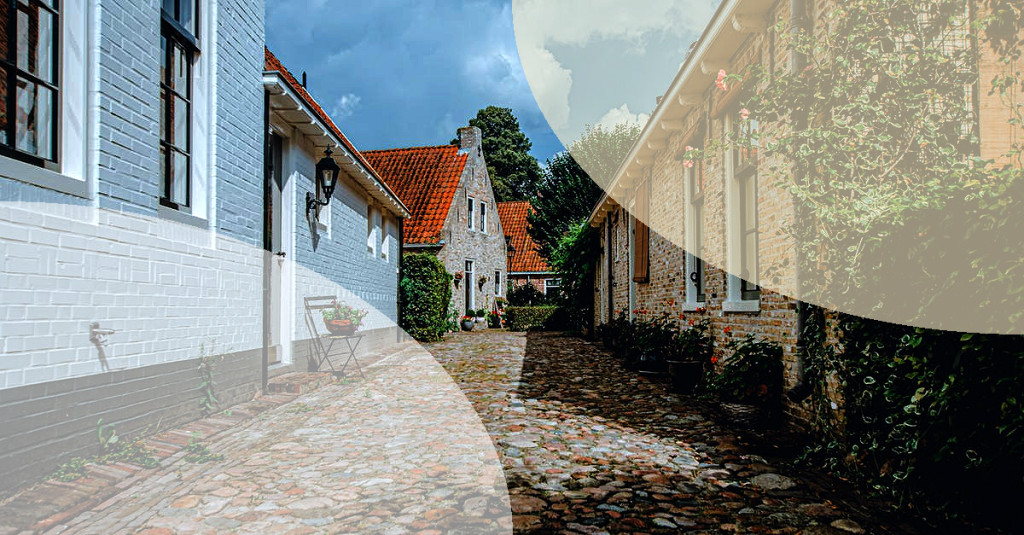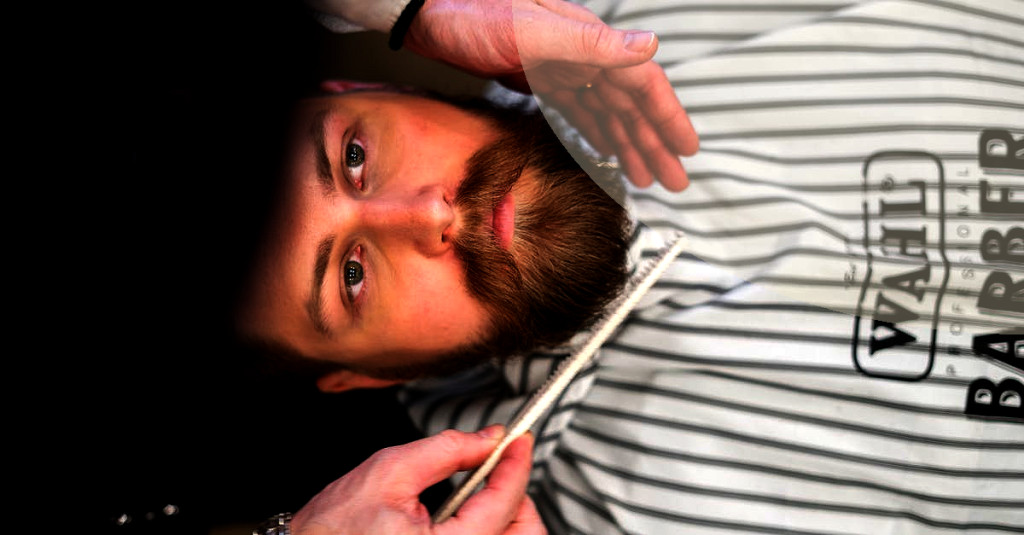How to Prune Overgrown Trees and Shrubs

The Great Green Rebellion: Understanding Overgrown Trees and Shrubs

Garden enthusiasts dread the day they realize their once beautifully maintained trees and shrubs have transformed into unruly, overgrown green giants. But fret not! With this guide on how to prune overgrown trees and shrubs, you'll have your lush green beauties back to their pleasant selves in no time.
The Timing is Key: When to Prune
An unpruned tree or shrub can quickly outgrow its designated space, causing it to overshadow neighboring plants, or create an untidy appearance in the garden. Pruning becomes essential for various reasons, including promoting plant health, encouraging new growth, and maintaining a desirable shape.
Essential Tools For Success: Pruning Equipment

The best time to prune depends on the type of plant and its growth habits. Here's a general timeline to follow:
- Late winter or early spring: Prune most deciduous trees and shrubs during their dormant period, just before the new growth emerges, to minimize stress to the plant and promote faster recovery.
- After flowering: For spring-blooming trees and shrubs, it's best to prune them immediately after they have finished flowering. This ensures that you don't accidentally remove any flower buds for the following year.
- Summer: Some trees, like maples and birches, may bleed sap if pruned in winter or spring. To prevent this, prune them in mid-summer.
Note: Always avoid pruning in the fall, as the cuts may not heal properly during the winter and increase the risk of infection.
Sculpting Your Leafy Masterpieces: Pruning Techniques
Having the right equipment will make pruning a smooth and efficient process. Here are the must-have pruning tools:
- Hand pruners: Ideal for smaller branches up to ¾-inch in diameter.
- Loppers: These have longer handles that provide better leverage and are perfect for branches ¾-inch to 2-inch in diameter.
- Pruning saws: These are necessary for branches over 2 inches in diameter.
- Pole pruner: A useful tool when dealing with taller trees, the pole pruner allows you to safely reach higher limbs.
Tip: Remember to sharpen and clean your tools regularly to ensure clean cuts and prevent the spread of disease.
Step 1: Assess the Situation
Hereâs a step-by-step guide to help you prune your overgrown trees and shrubs like a pro.
Step 2: Cut Back Dead or Damaged Branches
Before getting started, take a step back and observe your plant from different angles. Identify the growth pattern of the tree or shrub and determine its most favorable form. Take note of dead, damaged or diseased branches, as they should be removed first.
Step 3: Simplify the Structure
Using the appropriate pruning tool, make clean cuts at a slight angle about ¼-inch above a bud, node or lateral branch. This allows the plant to heal more quickly and encourages new growth in the desired direction.
Step 4: Restore the Plant's Shape and Size
To prevent overcrowding and allow more sunlight into the plant's interior, remove any branches that are rubbing against each other, are growing inwards, or have excessive crossing.
Let Your Green Paradise Flourish: Ongoing Pruning Care
Once the dead or damaged branches have been removed and the plant's internal structure simplified, proceed with selectively pruning branches to restore the desired shape and size. Avoid cutting back more than â of the plant's overall volume in a single session. This Old House recommends the gradual approach, with pruning sessions spaced a year apart.
Tip: For overgrown shrubs, consider rejuvenation pruning, which involves cutting back the entire plant to a height of 6-12 inches. This encourages healthy new growth, but remember that the plant may take a year or two to fully recover.
Beyond the Pruning: Additional Resources
Now that youâve successfully tamed your trees and shrubs, donât forget about ongoing pruning care. Regular pruning sessions every 1-3 years can help maintain the plant's overall health and shape, ensuring your green paradise remains a sight to behold.
For additional guidance on specific trees and shrubs or more in-depth pruning techniques, consider consulting resources like the Royal Horticultural Society or local gardening clubs and community centers.
Happy pruning, and may your leafy friends continue to thrive!





